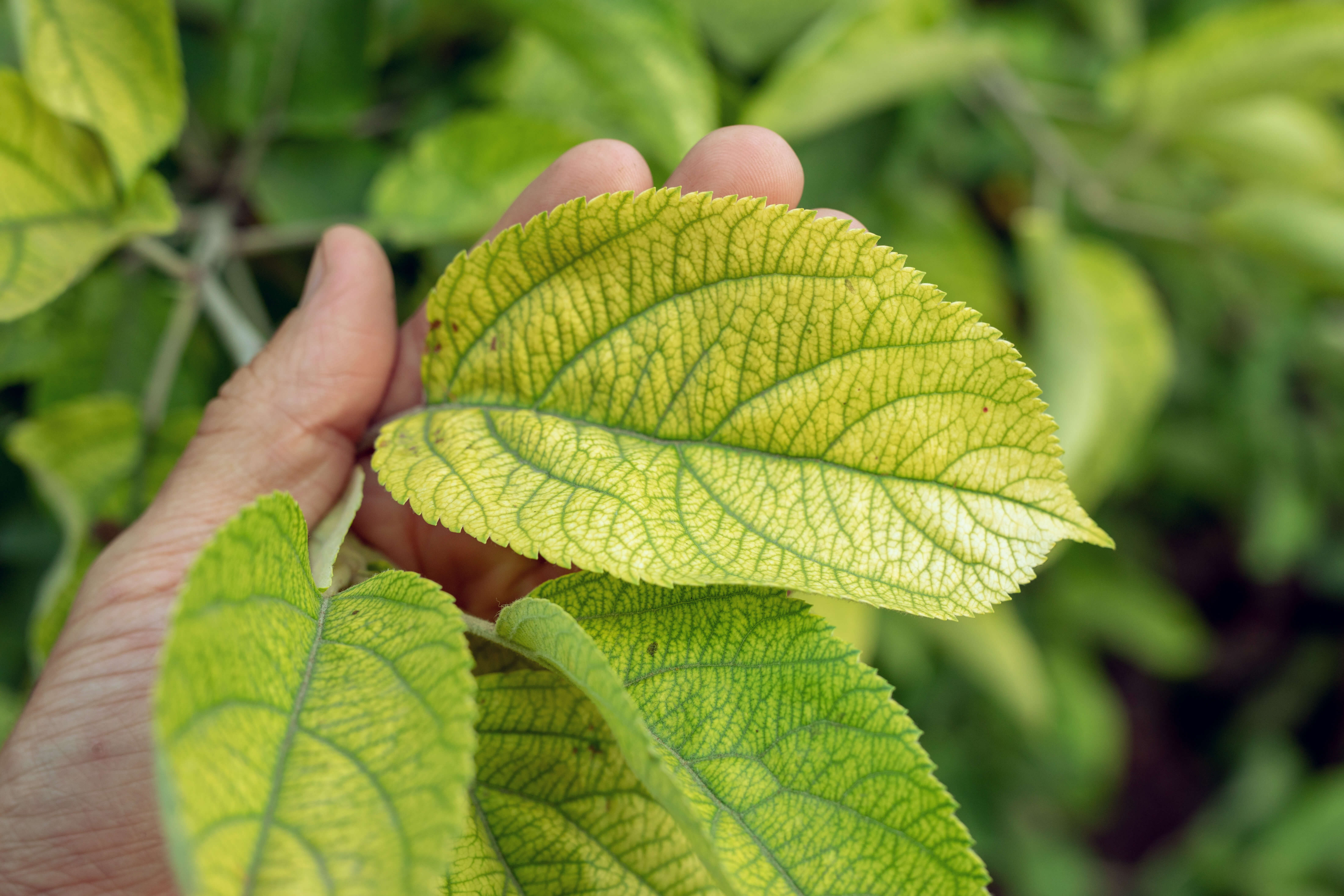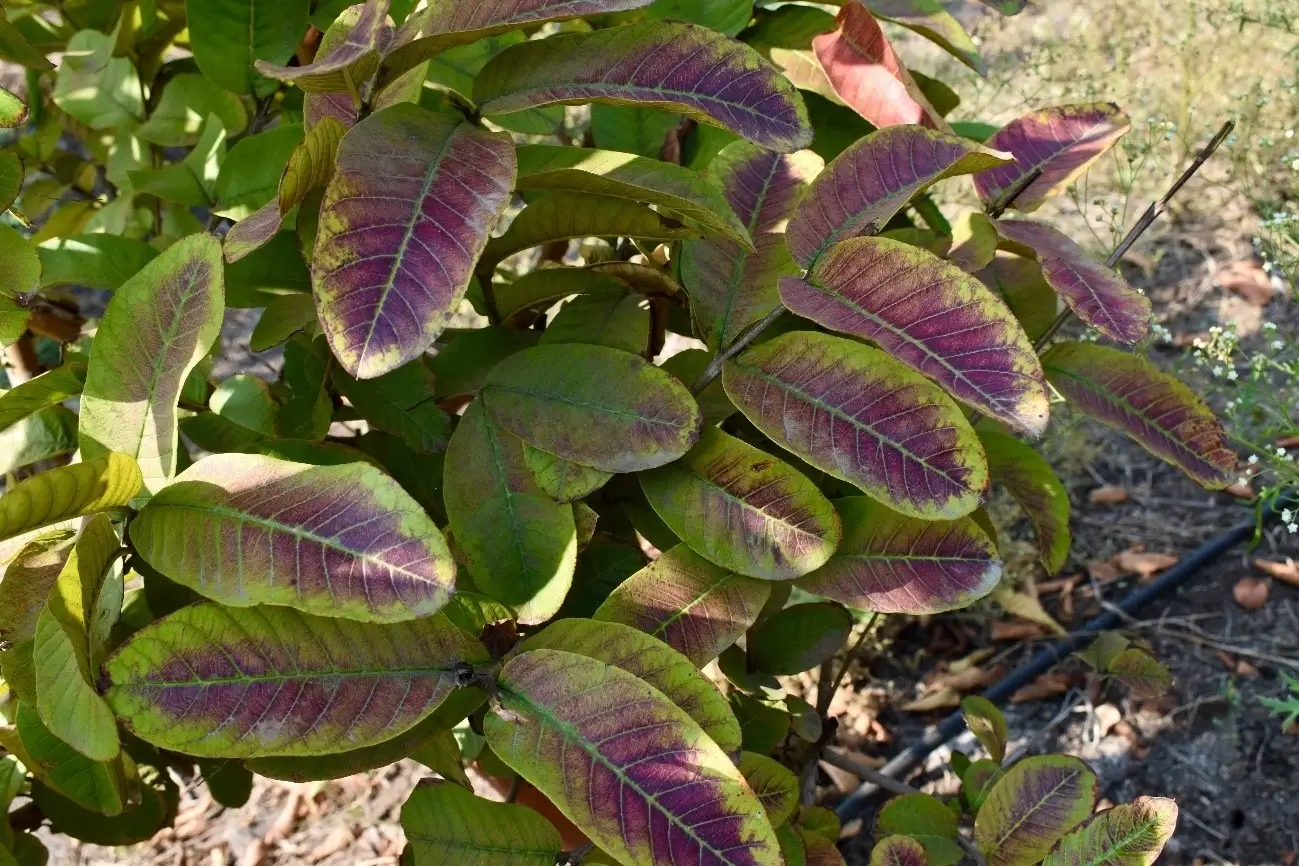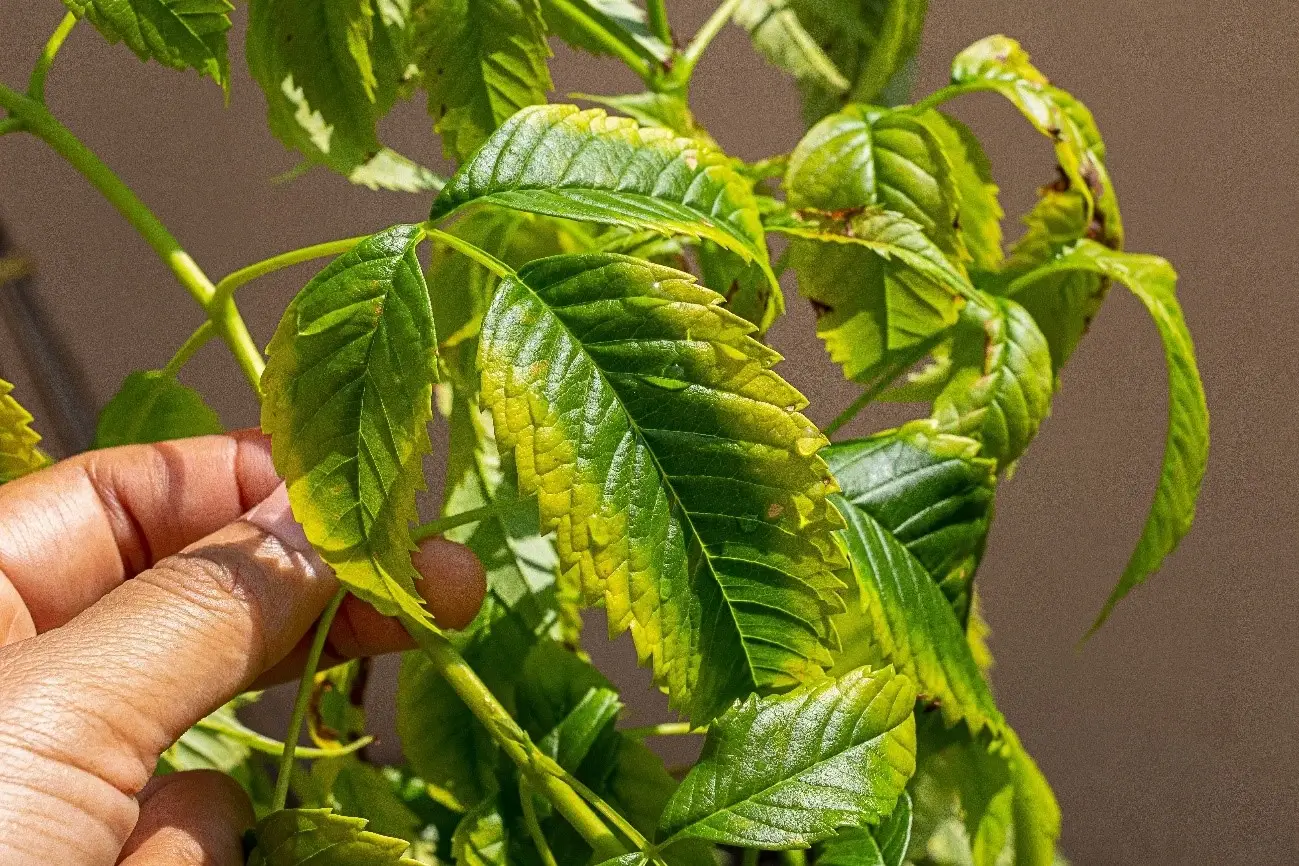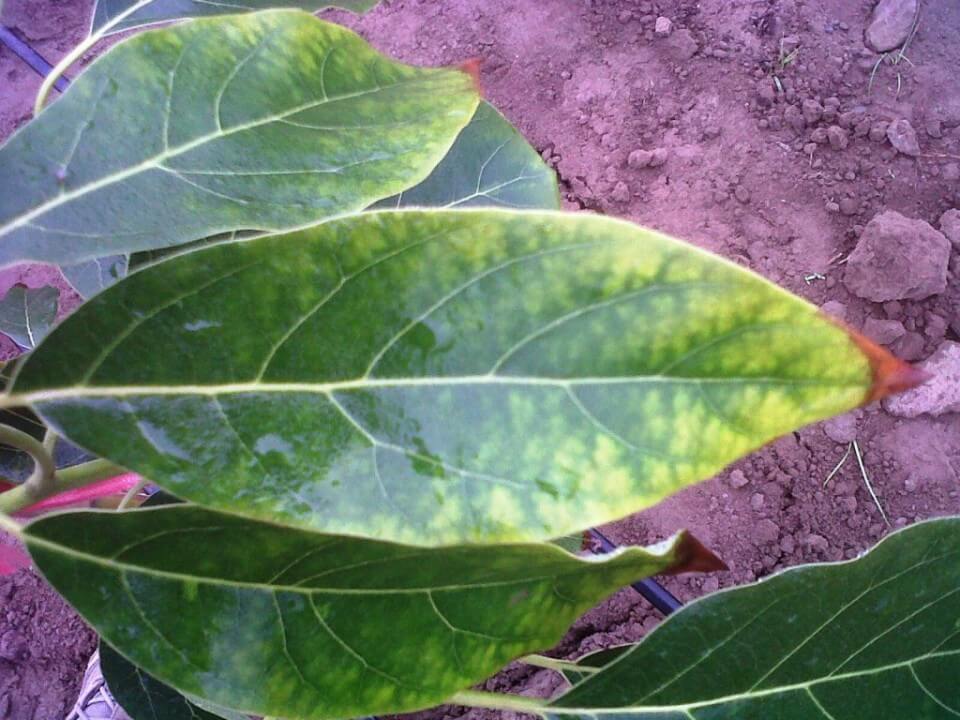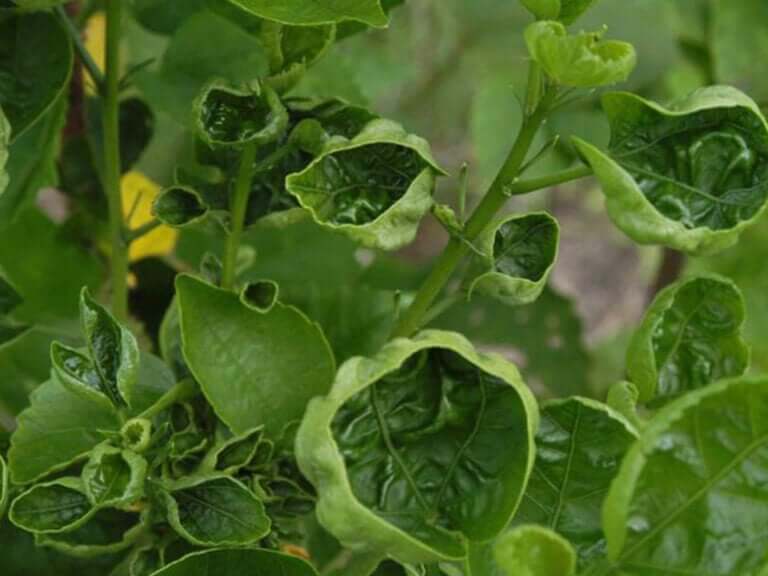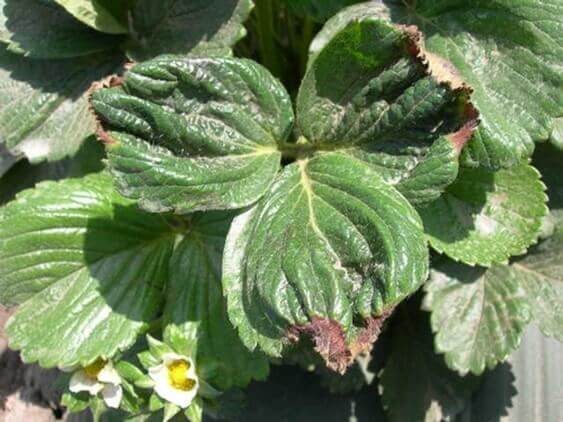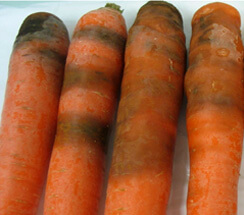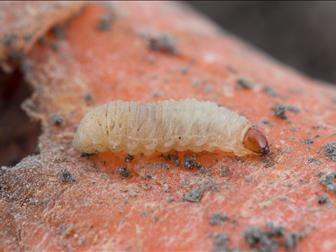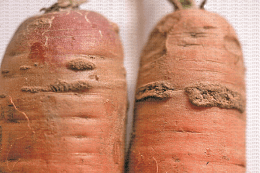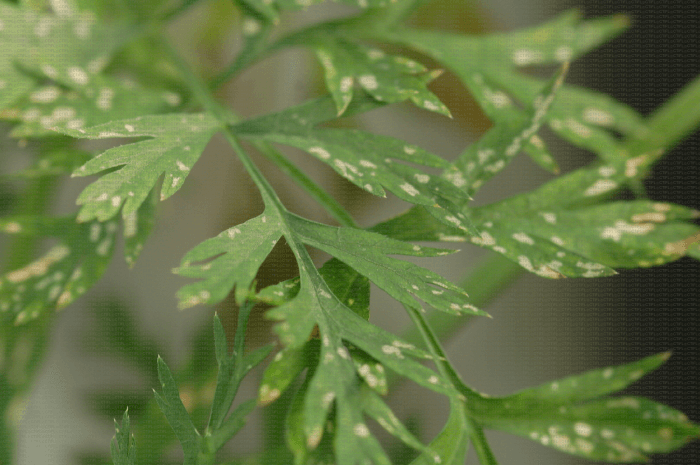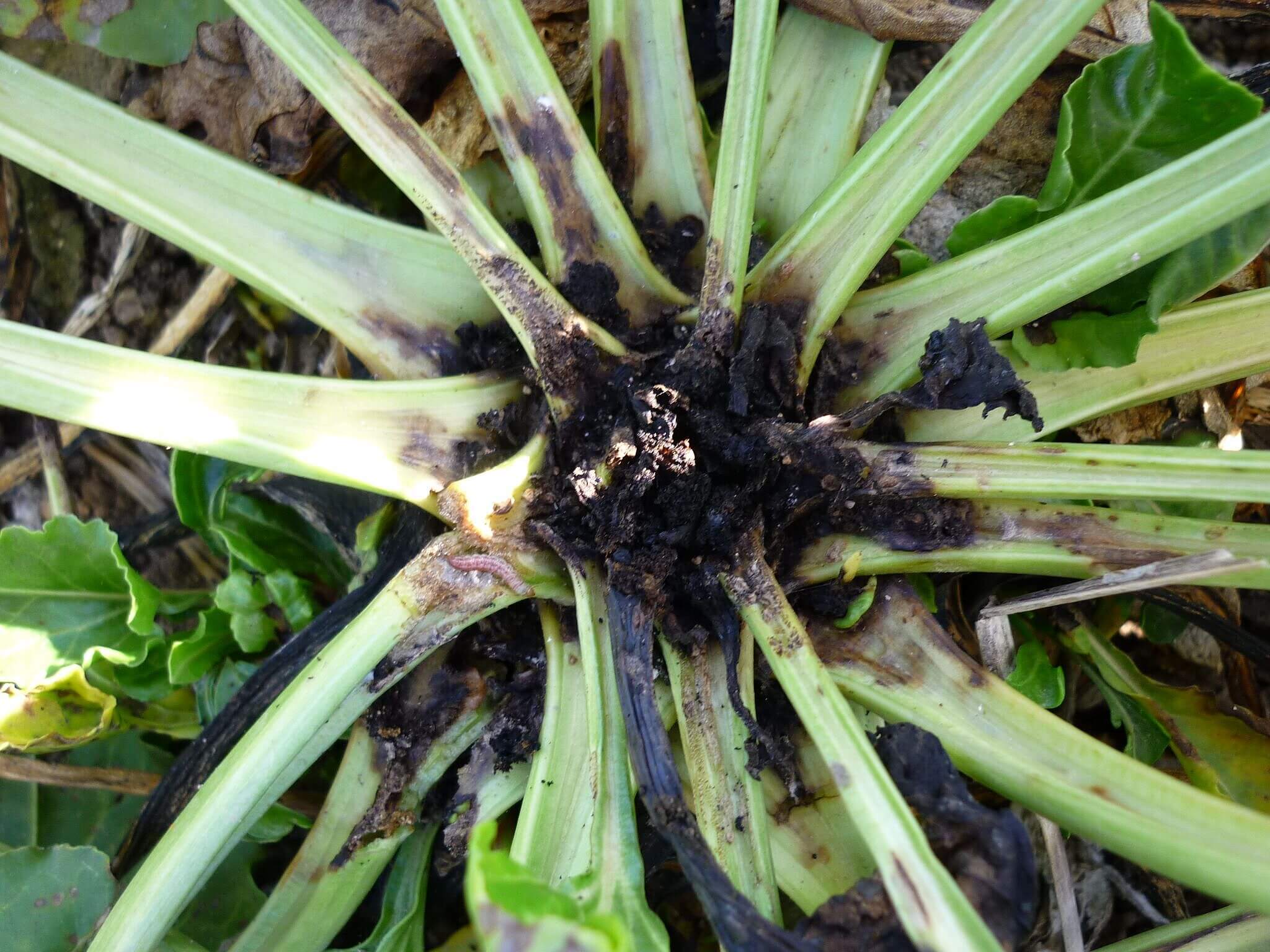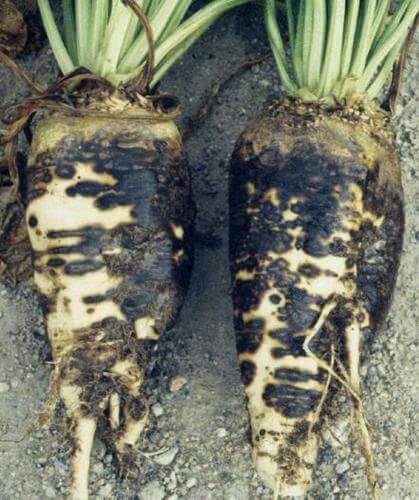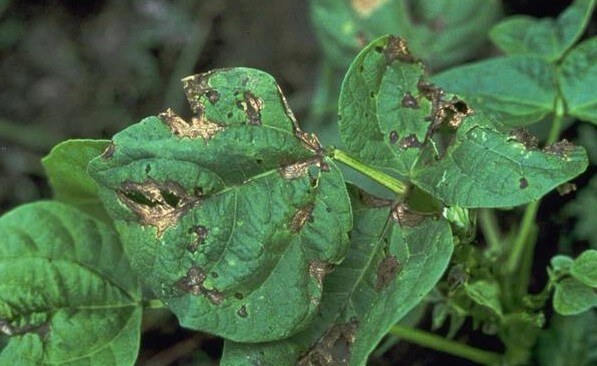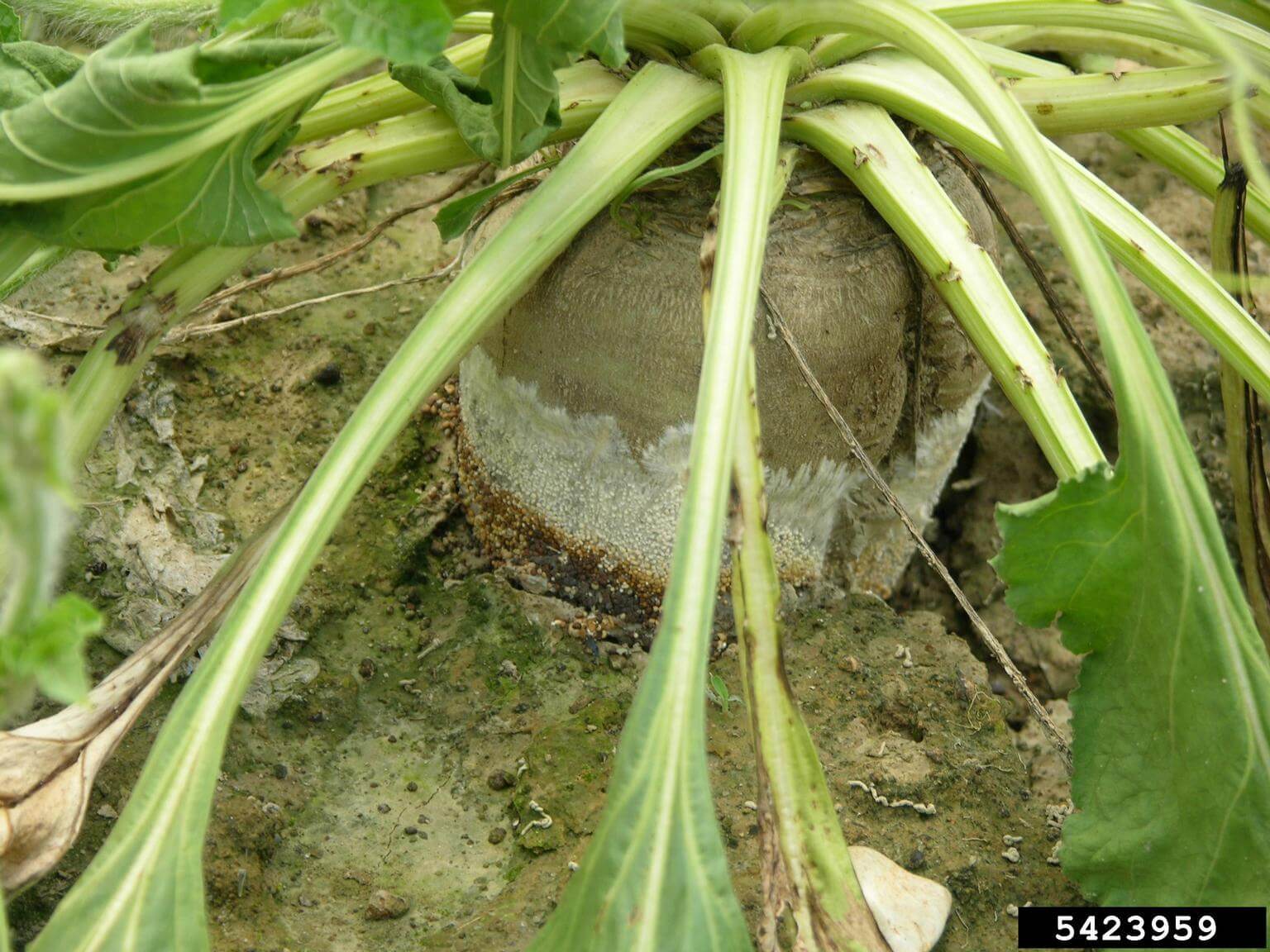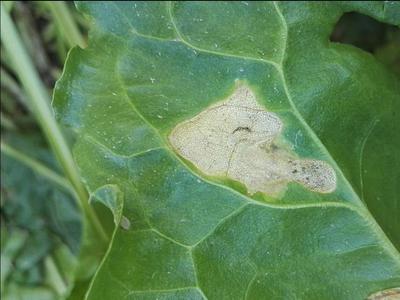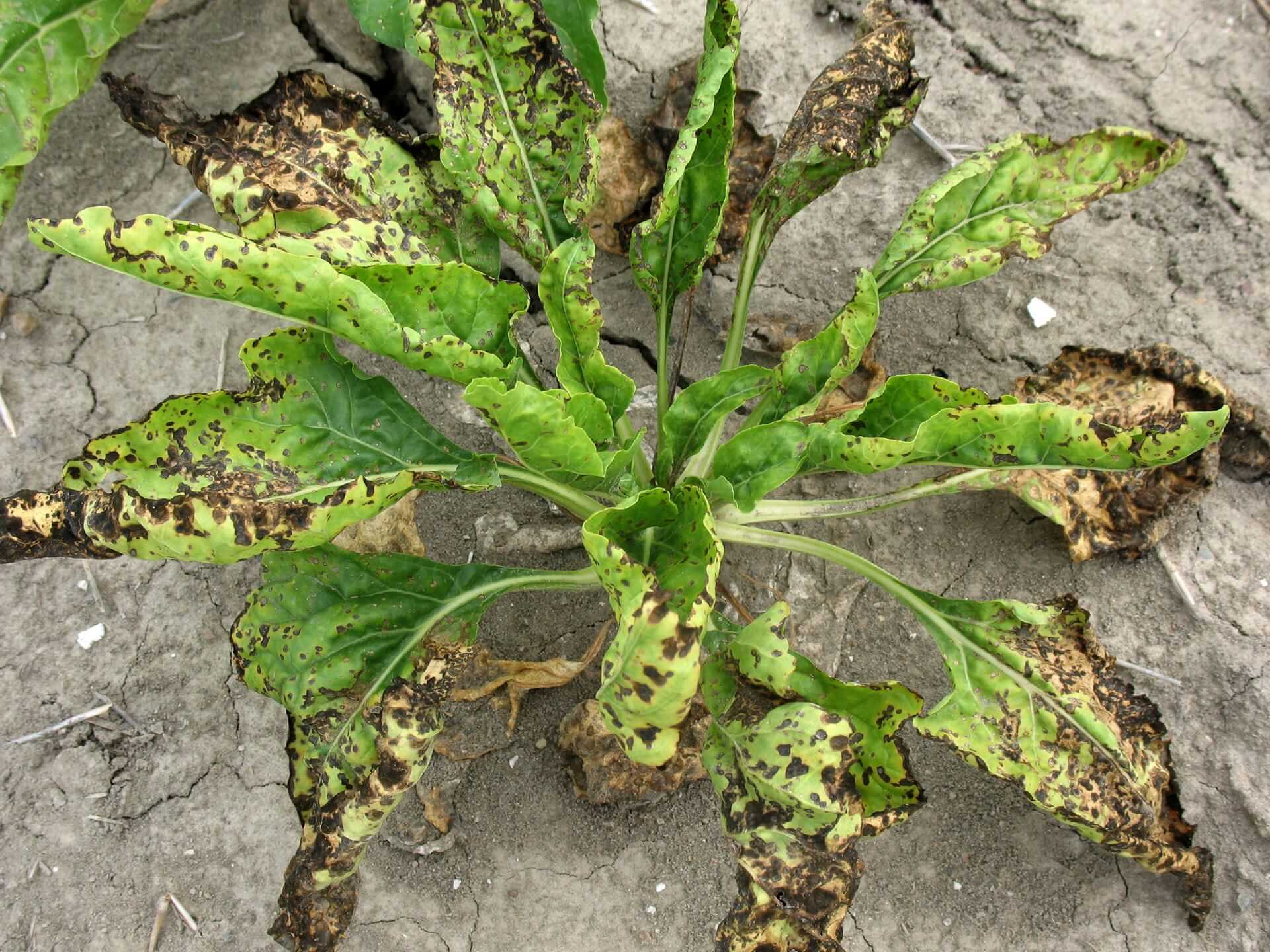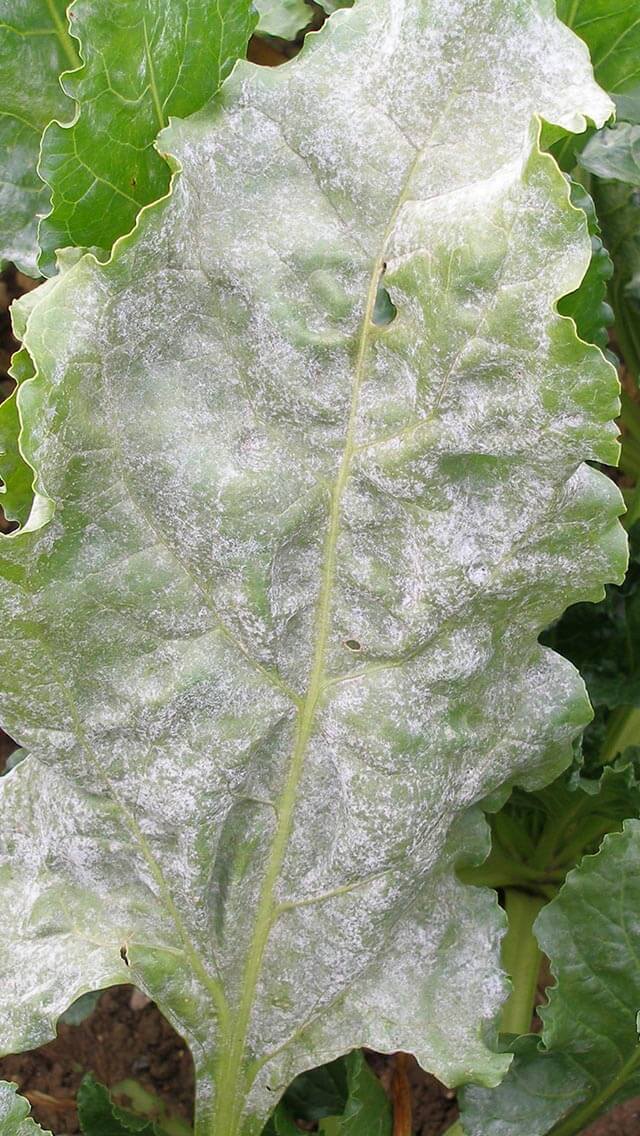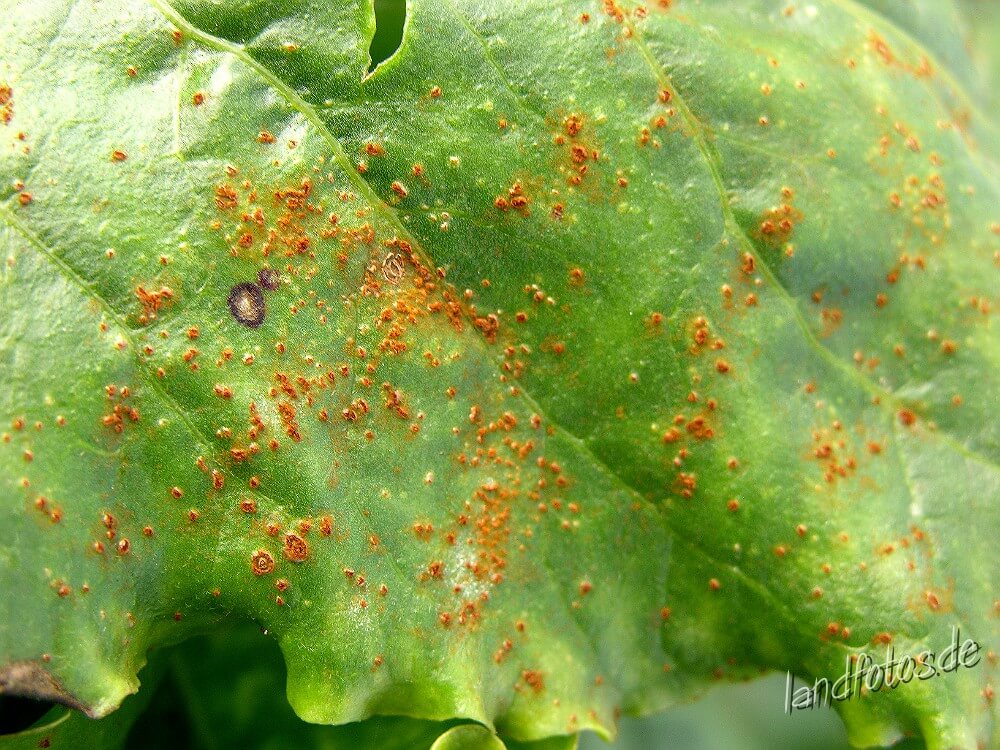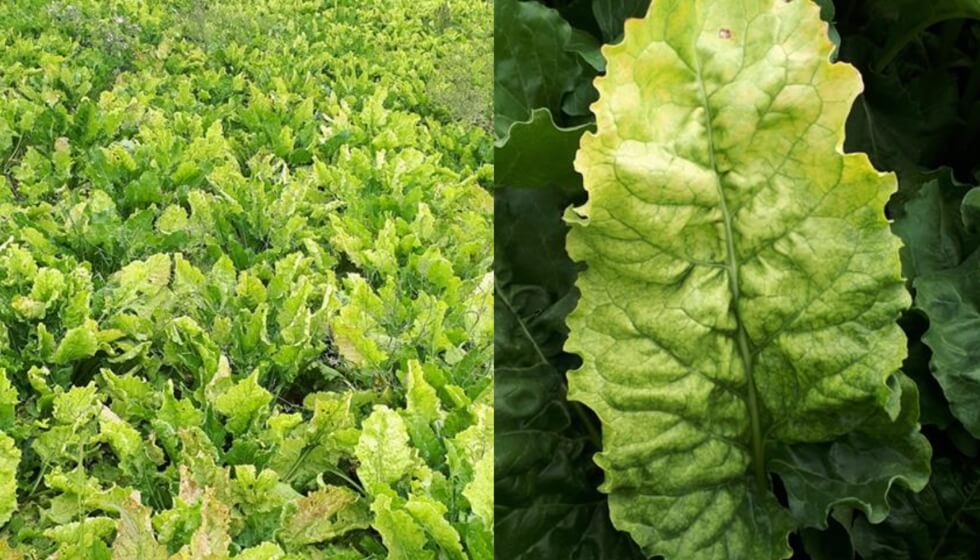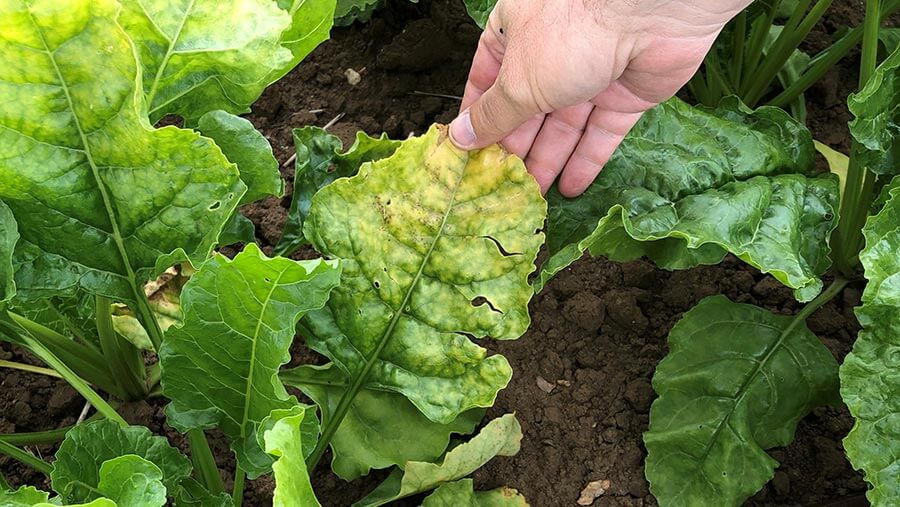
Remolacha de mesa
How to recognize and combat black rot or prodenia in beets
Black Donut Or Prodenia
Insect
Type:
Risk to the plant:
HIGH
Spodoptera Littoralis
Pathogen:
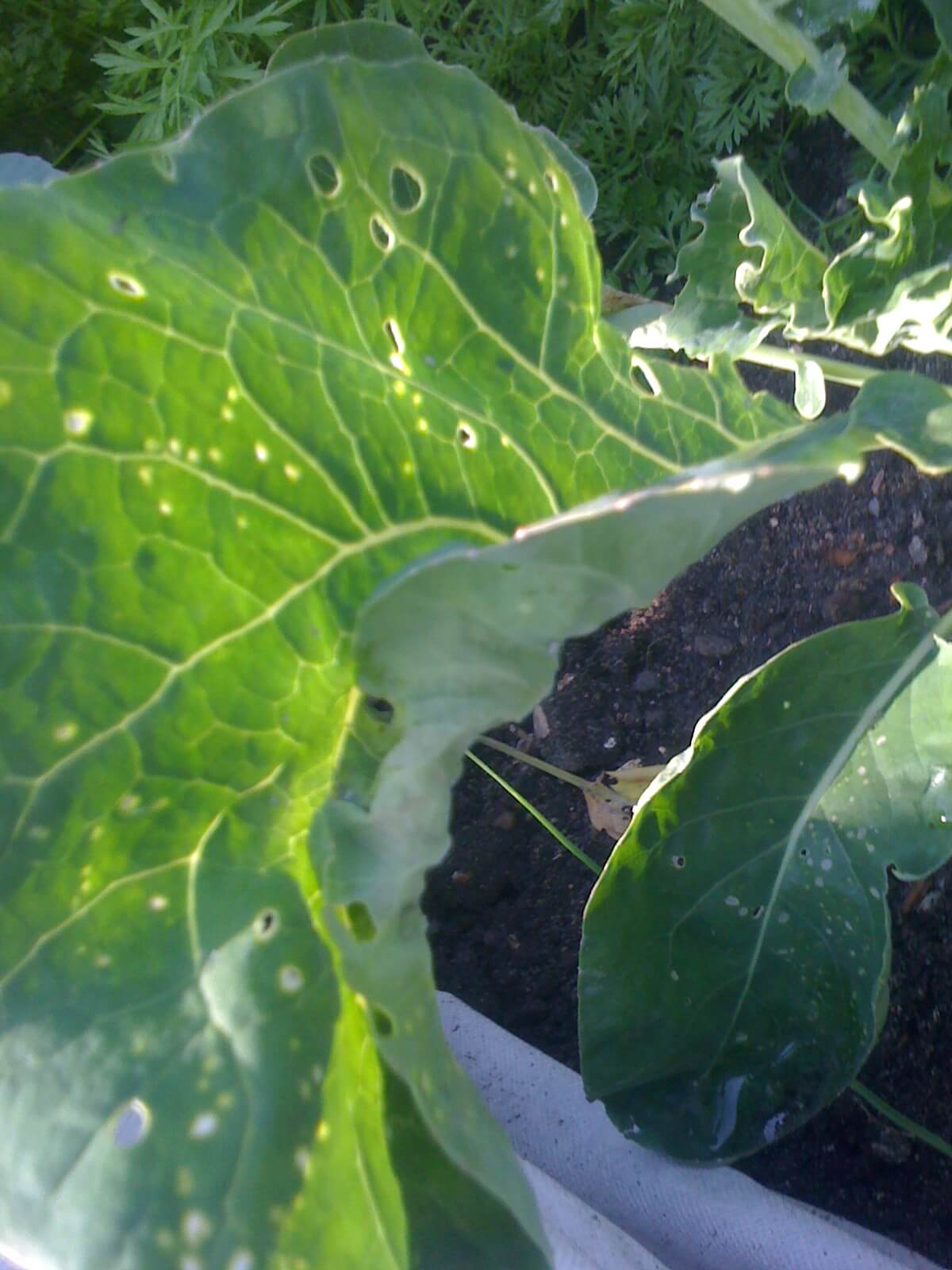
Orugas o gusanos
WHO CAUSES IT?
Spodoptera littoralis, known as the black donut or prodenia, is a moth of the Noctuidae family that affects numerous crops, including beets. Adult females deposit their eggs in clusters on the surface of leaves. The larvae emerge and go through six larval stages, during which they feed voraciously on foliage, causing significant damage. In their last stage, the larvae descend to the ground to pupate. The pupa remains in the soil for a period before the adults emerge, completing the cycle. Spodoptera littoralis can have multiple generations per year, especially in warm climates, allowing it to maintain high populations and cause continuous damage throughout the growing season. The mobility of larvae and the ability of adult moths to fly long distances facilitate dispersal and establishment in new areas.
SYMPTOMS
Black donut causes serious damage to beets, mainly to the leaves and stems, compromising plant health and yield. The larvae feed on the leaves, causing defoliation and general weakening of the plant.
- Leaves with irregular perforations
- Severe defoliation
- Bitten and weakened stems
- Delay in plant growth
- Death of young seedlings


DEVELOPMENT CONDITIONS
Temperature:
20°C - 30°C
Humidity:
60% - 80%
HOW IS IT SPREAD?
Soil movements, Infested plants, Contaminated agricultural machinery, Wind, Transport of agricultural products
HOW TO ELIMINATE IT?
Home treatments
There are no home treatments
Natural allies
Chemical treatments
There are no treatments for this disease. Treatments are directed at the insect vectors that transmit it. See insect treatments.
RECOMMENDED PRODUCTS TO ELIMINATE THE PEST
Sponsored link
Sponsored link
Sponsored link
Sponsored link
Sponsored link
Sponsored link
Sponsored link
Effective against all types of fungi
Sponsored link
Sponsored link
Sponsored link
Sponsored link
Sponsored link
REPELLENT PLANTS
-
RECOMMENDATIONS





















